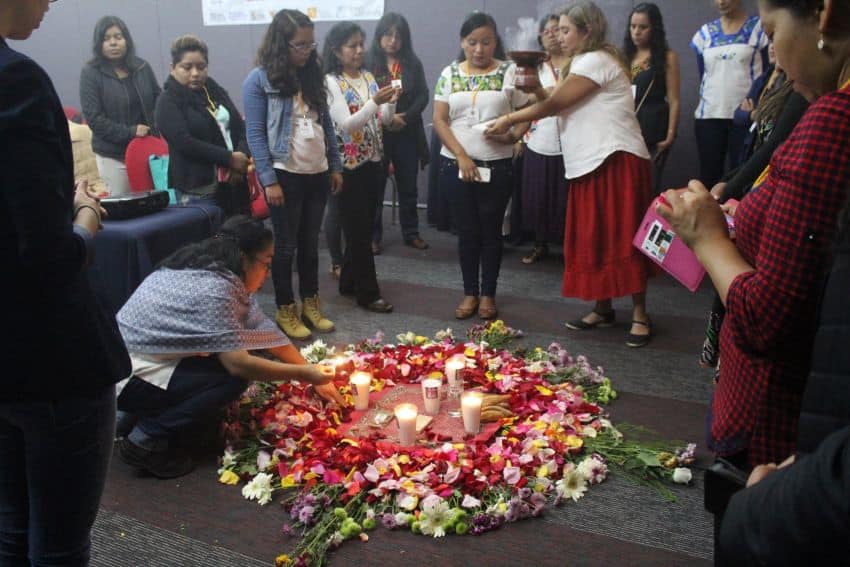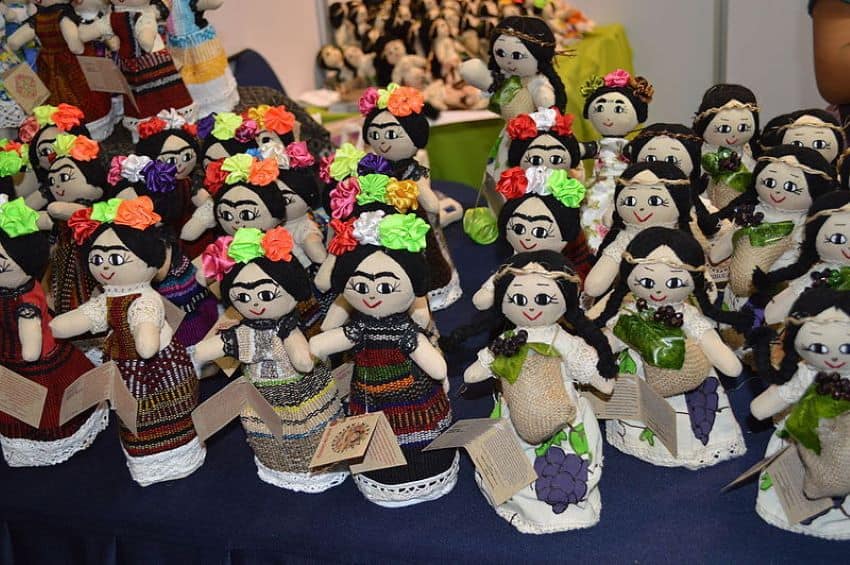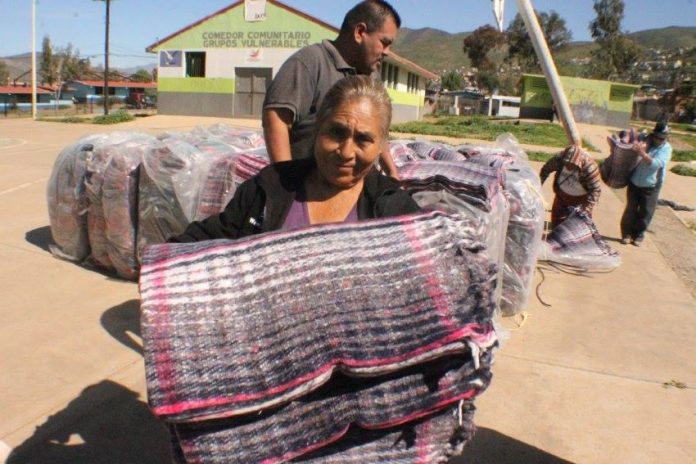The arrival of Europeans decimated the already sparse native population of the Baja Peninsula, yet today the area is home to tens of thousands of people classified by Mexico’s census as indigenous.
Their numbers here did not come from the repopulation of local tribes but rather the voluntary migration of Mexican indigenous people, attracted by the region’s industrialized farms and border factories, as well as the lure of crossing into the United States.
The largest of these groups is the Mixtecs, who have a significant presence in various parts of the Baja peninsula. According to Mexico’s 2020 census, Mixtec speakers account for 21,239 out of 49,130 indigenous language speakers in Baja California and 2,907 out of 12,581 in Baja Calfornia Sur.
The Mixtec homeland (La Mixteca) is located over a large portion of the state of Oaxaca, extending into parts of Guerrero and Puebla. These people are the third-largest indigenous ethnicity in Mexico, but La Mixteca is extremely poor, with rugged terrain and sporadic rain making even subsistence agriculture precarious.
Mixtec modern history is marked by migration, both cyclical and permanent, starting in the fields of Oaxaca and Chiapas in the 1920s and Mexico City by the 1940s. They continued north and west, attracted by farm work on both sides of the border, leading to a nomadic lifestyle.

“It’s like a spinning carousel,” Eleuterio Suárez of the Oaxaca Binational Indigenous Front in Tijuana said. “One season you are in Culiacán, the next in Mexicali, another in the States and yet another in San Quintín. [Then] you can start all over again, depending on where there is work.”
Massive migration began in the 1970s, and today it is estimated that 90,000 Mixtecs work fields in northwestern Mexico during the high season. Counting migratory farm populations by locality is difficult at best. According to Martina Rojas of Radio XEQIN in San Quintín, the population varies greatly, with local authorities estimating as many as 22,000 indigenous people just in San Quintín during the high season, enough of an audience for the radio station to broadcast programming in Mixtec and other languages.
At the end of the 1950s, some Mixtecs began settling in border cities such as Tijuana and Mexicali, either unable to cross the border or coming to work in factories. Exact numbers are not available, but it is estimated that about 25,000 ethnic Mixtecs live in these cities today. Those that arrive in urban environments generally work selling on the street but can also be found in construction or gardening. For younger generations with access to education, factory work and professions become possible.
About 15,000–20,000 Mixtecs and other southern indigenous peoples migrate yearly to the northwest, using networking systems that have been developed over decades. These families can now have up to four generations living in the Baja Peninsula.
Suárez’s family story is typical. His parents migrated north from Silacayoapan, Oaxaca, in the 1960s, moving up the Pacific coast into Sonora, where he was born. The family moved around between Sonora and Baja California, especially on the Pacific coast after his father’s failed attempt to cross into the United States. The family’s second attempt succeeded, and one of his brothers was born in the U.S.
Today, the Suárez family has branches on both sides of the border, especially Tijuana and Southern California. Suárez worked the fields like his parents, but his children have had access to education. One son has served in the U.S. military.

In Baja California today, most Mixtecs are found in the municipalities of Ensenada, Tijuana and Mexicali, especially in the San Quintín Valley, the town of Maneadero (in Ensenada) and Colonia Obrera (in Tijuana), where they can account for 80% or more of the population. In Baja California Sur, the largest communities are in Vizcaíno and La Paz.
Living in the north means a shift in identity. Confronted with a vastly different, and often discriminatory, social environment, the Mixtecs have actively banded together to defend their rights and obtain social services, with some pushing for a “pan-Mixtec” identity. Binationality figures into northern Mixtec identity as most have family members “on the other side,” but Mixtecs are still strongly tied socially to their southern hometowns, most migrating to where family and neighbors went.
For example, in the tiny community of Camalú, one-quarter of 9,000 residents are Mixtec, all from Juxtlahuaca, San Juan Mixtepec and San Juan Copala, according to Isabel Antonina de Jesús Ramón, the municipal delegate for the community. The patron saints for these communities are celebrated here, and multi-day bus trips back south are not uncommon.
Most Mixtecs experience a better life in the north, but as many as 25% live in extreme poverty here. There is still some discrimination, enough that many young people hide or deny their Mixtec heritage. Women can have it particularly tough. They can face abuse for wearing traditional clothes, stereotyped as poor street vendors with lazy husbands and lots of kids. Within their communities, according to Cristina Solano Díaz of the Ñuu Savi Gro Community of Settlers of Cañón Buena Vista, they confront the machismo brought from traditional life in the south.
However, over the decades, the Mixtecs have developed a measure of social and political clout in the north due to their numbers and their organizing. There are always challenges, Suárez says, but “things are very slowly getting better.”
Suárez also notes, “I am grateful to Baja California and its people because we have been able to live and work and get ahead … more than what we could have had in Oaxaca.”
Leigh Thelmadatter arrived in Mexico 17 years ago and fell in love with the land and the culture. She publishes a blog called Creative Hands of Mexico and her first book, Mexican Cartonería: Paper, Paste and Fiesta, was published last year. Her culture blog appears regularly on Mexico News Daily.
